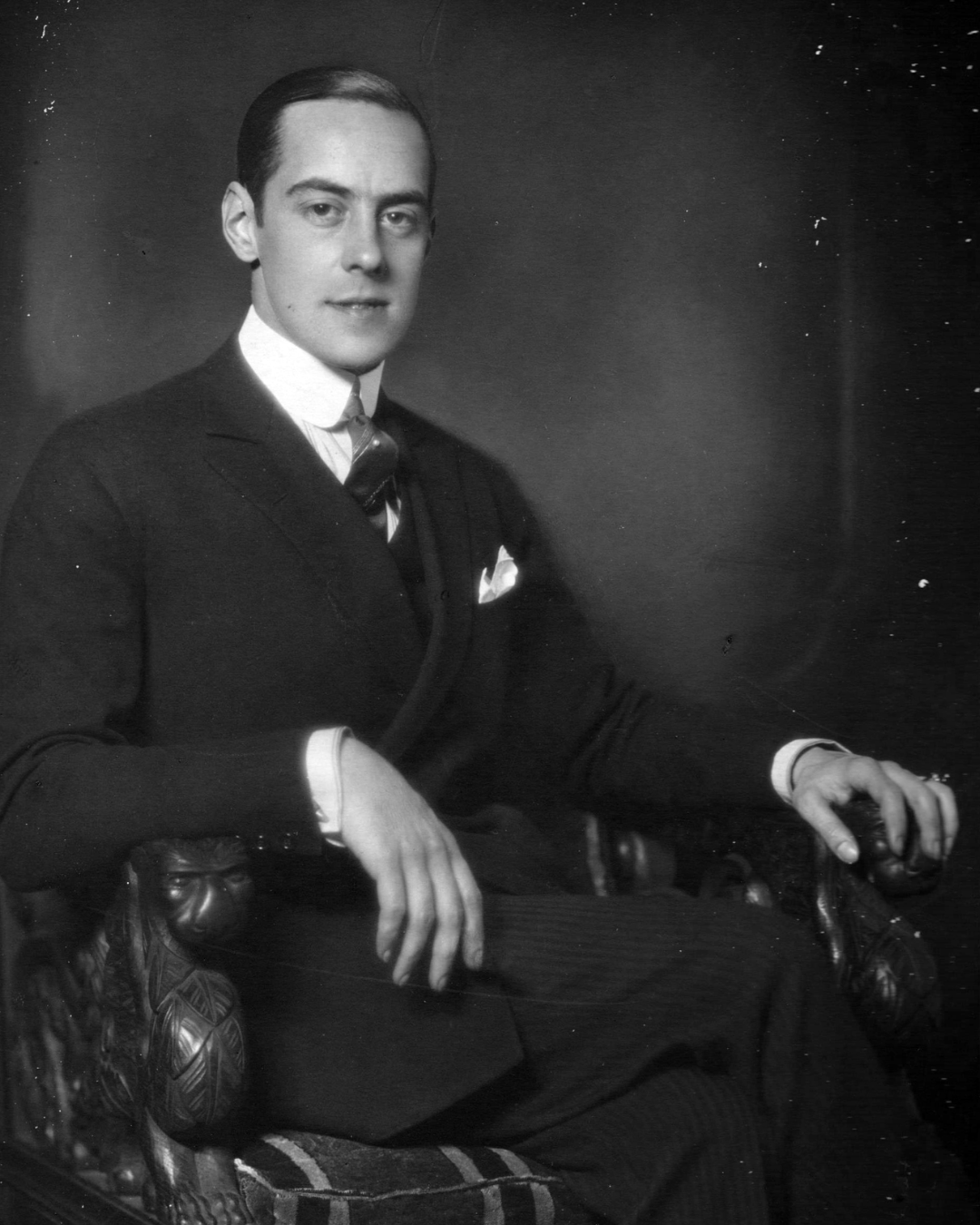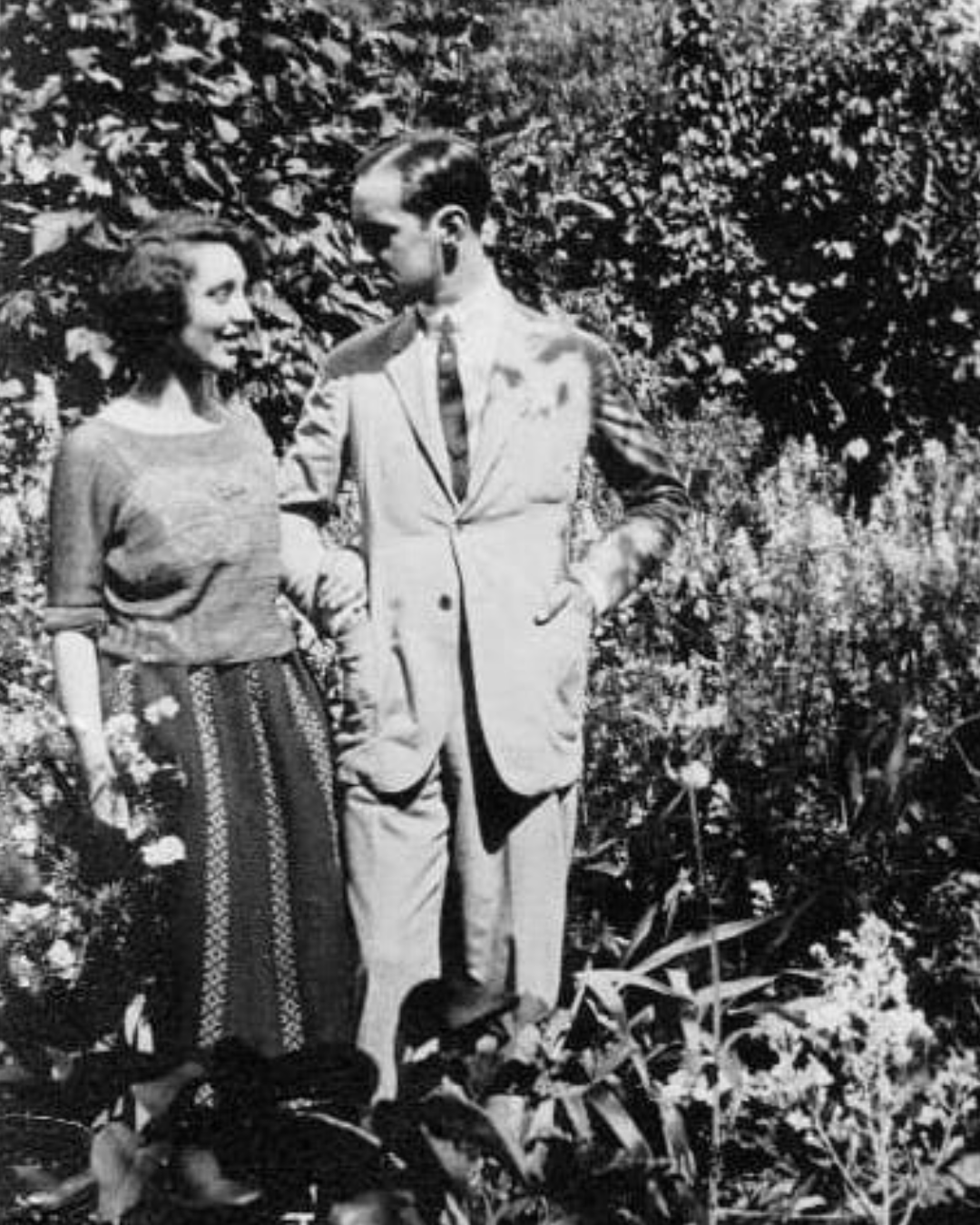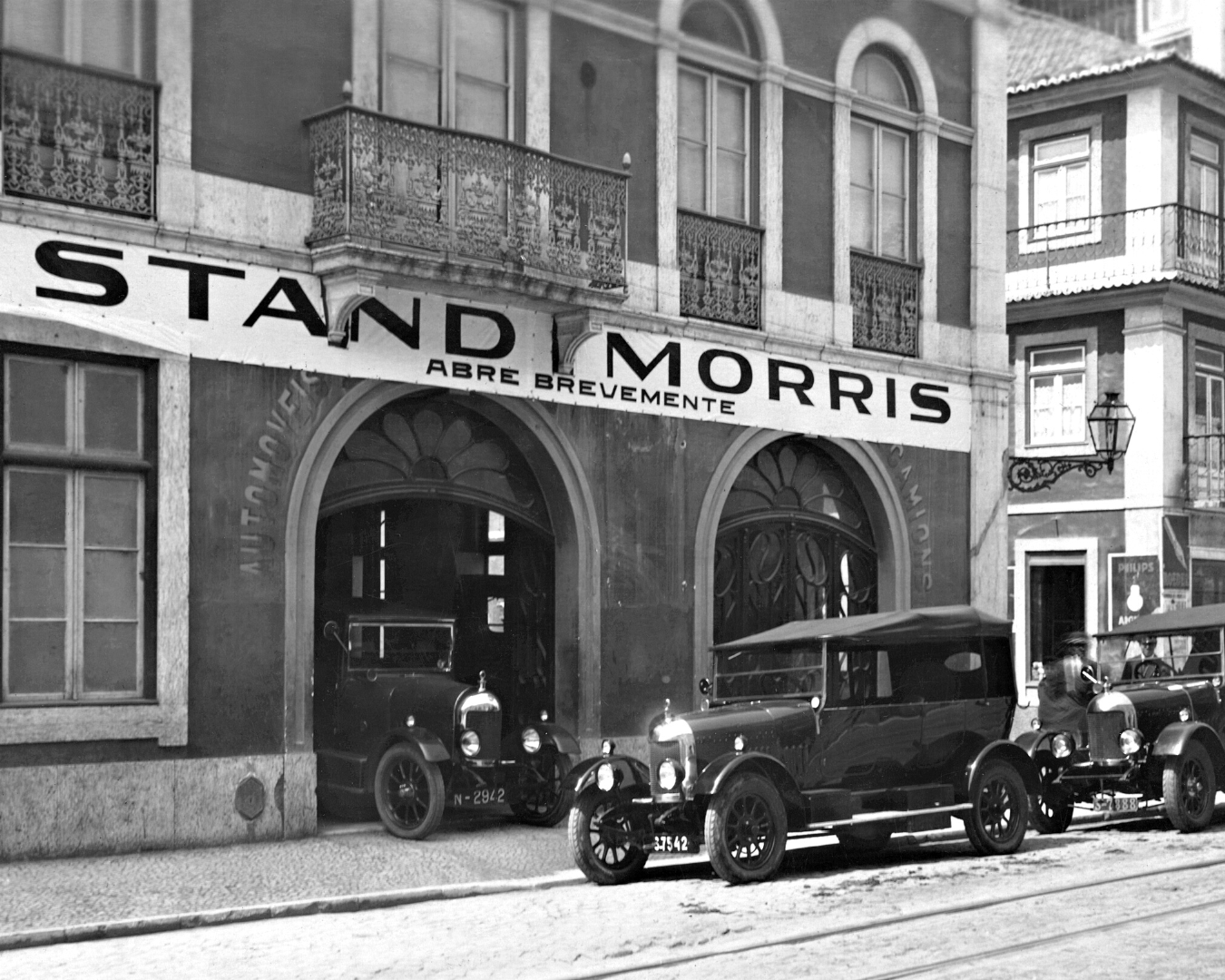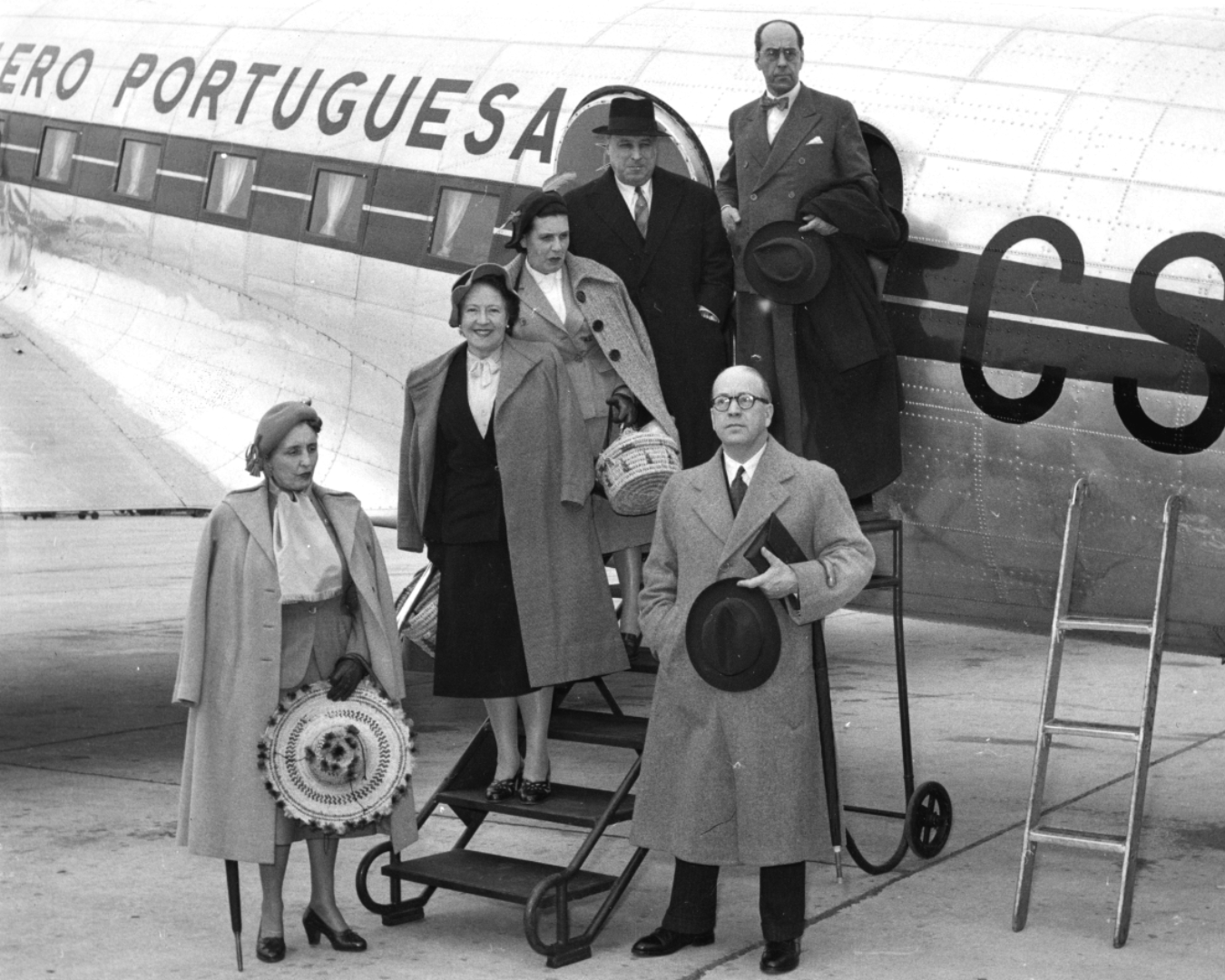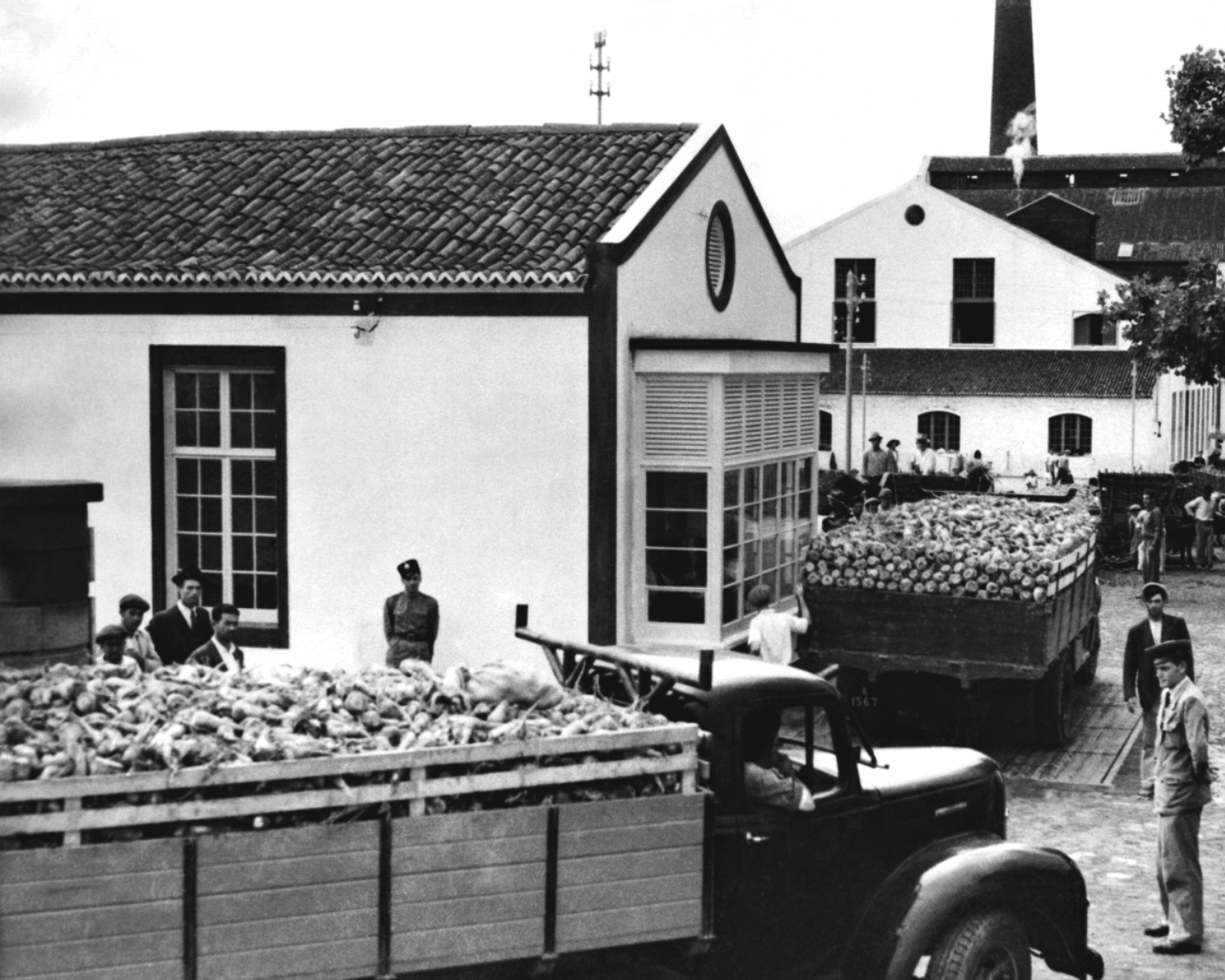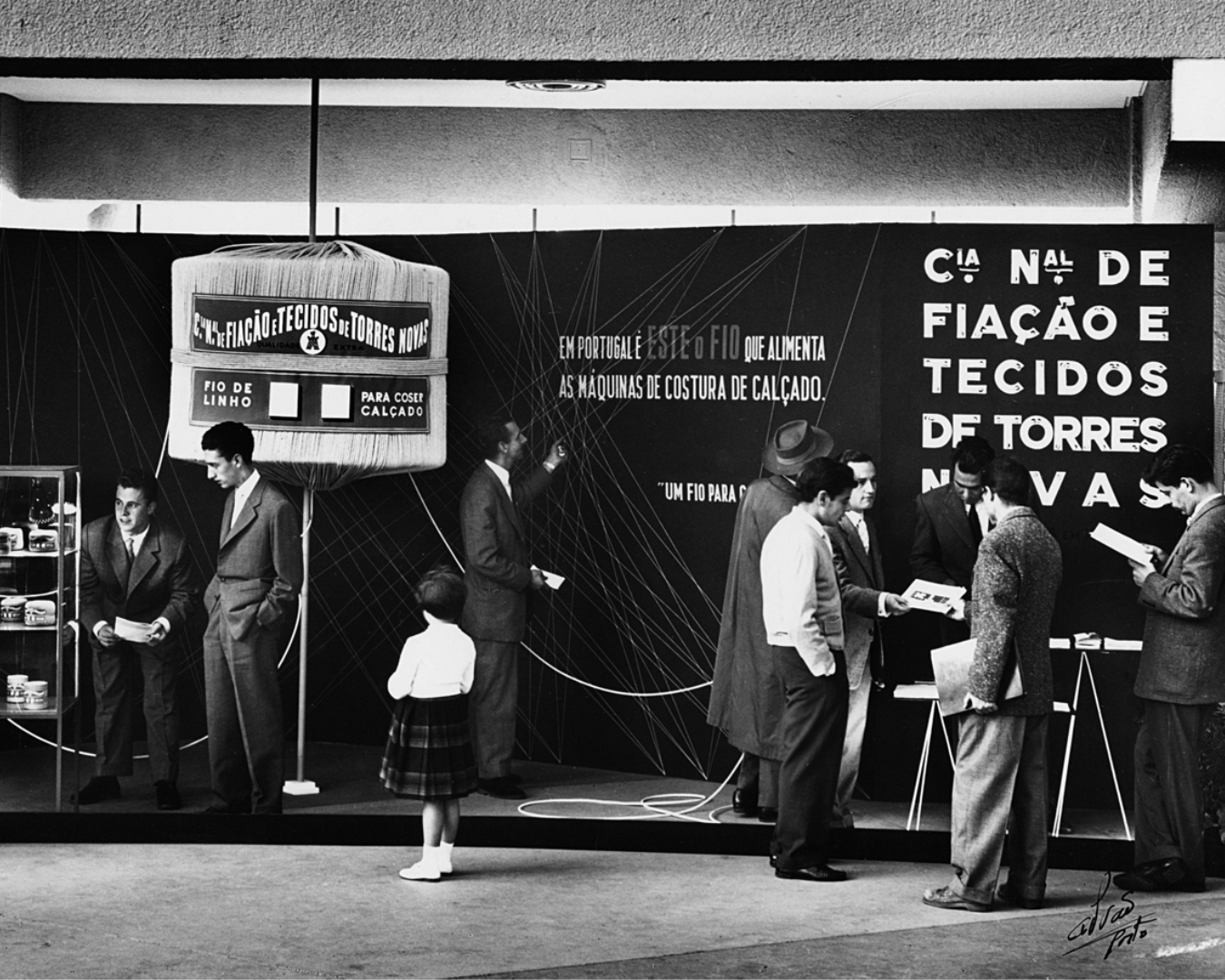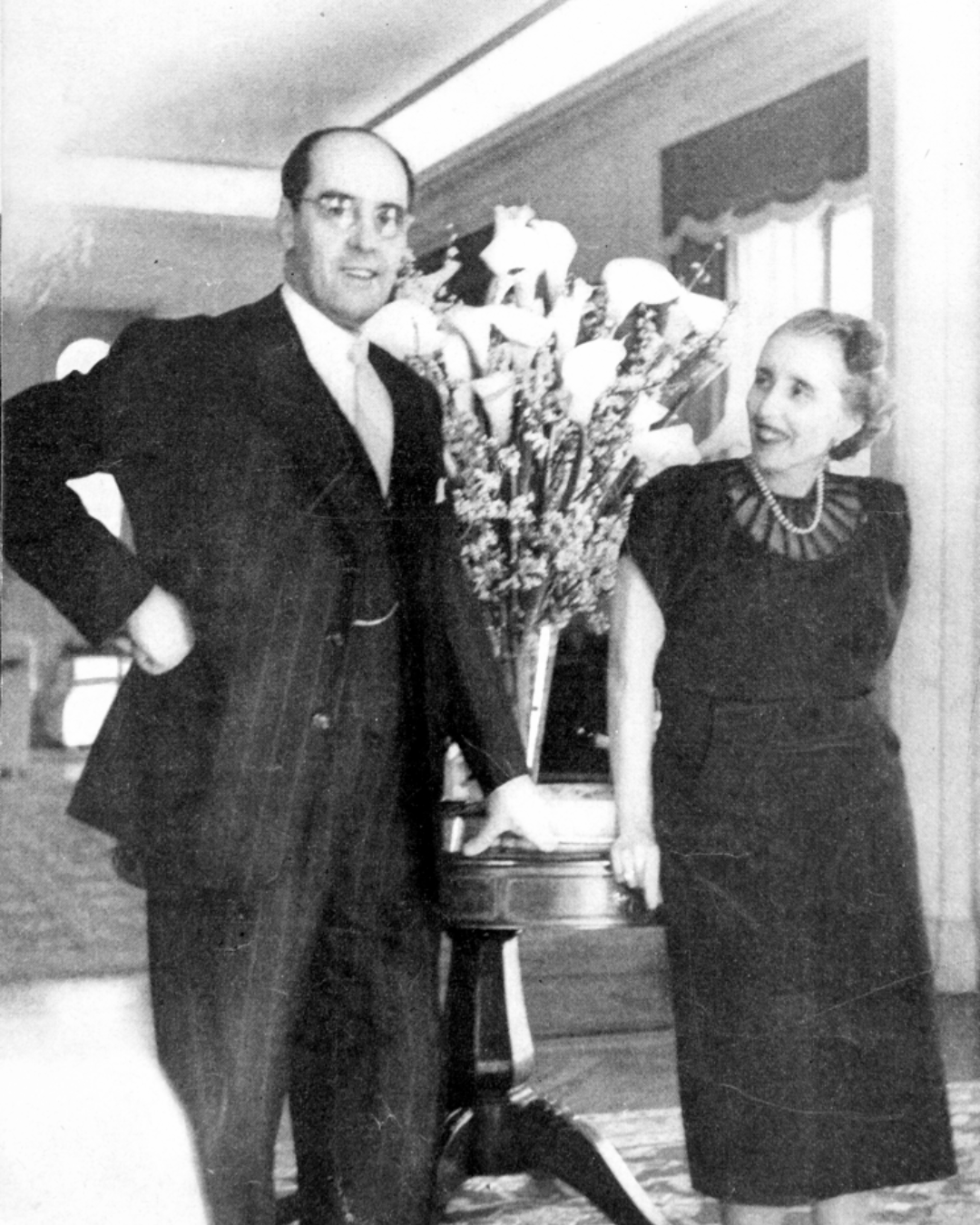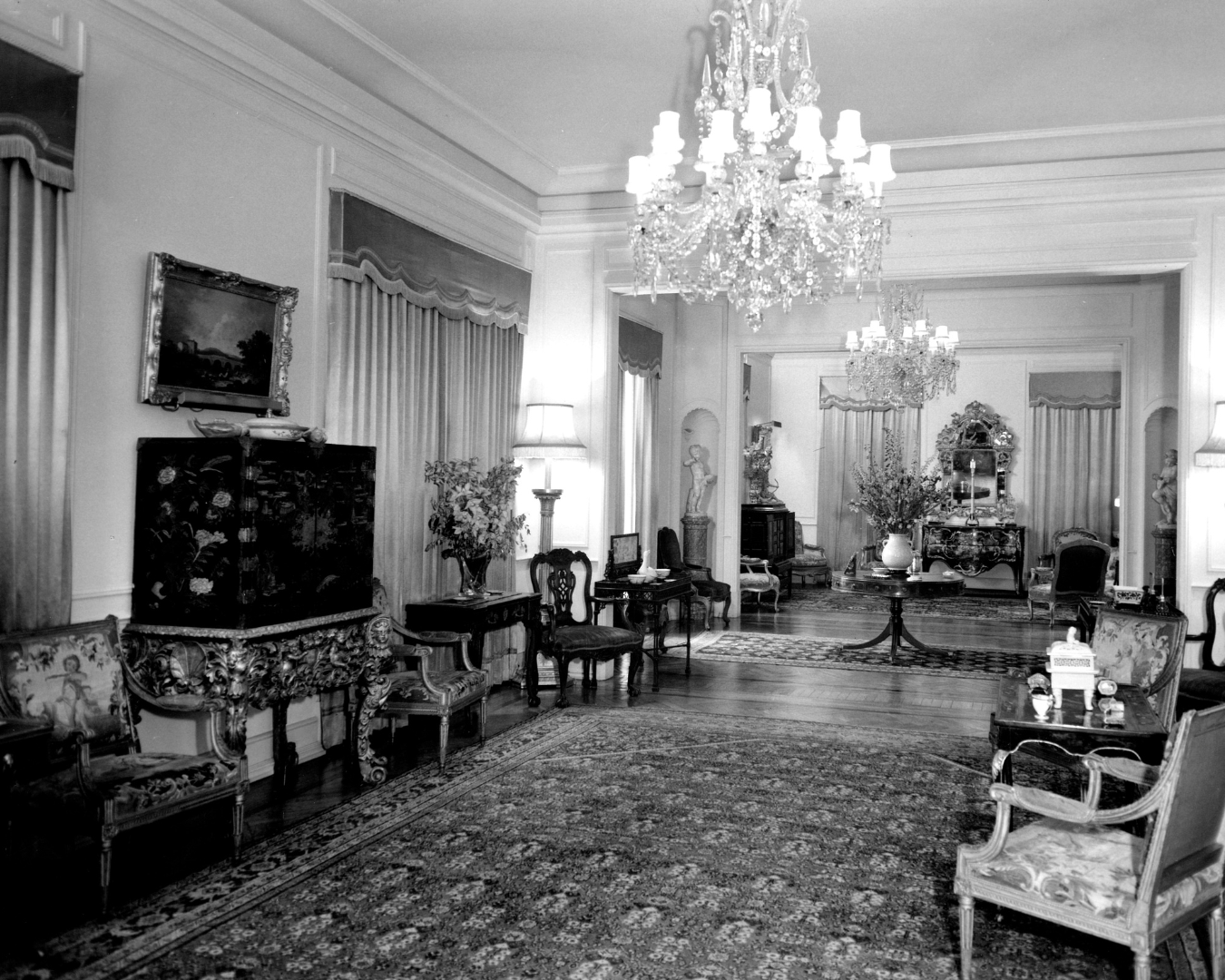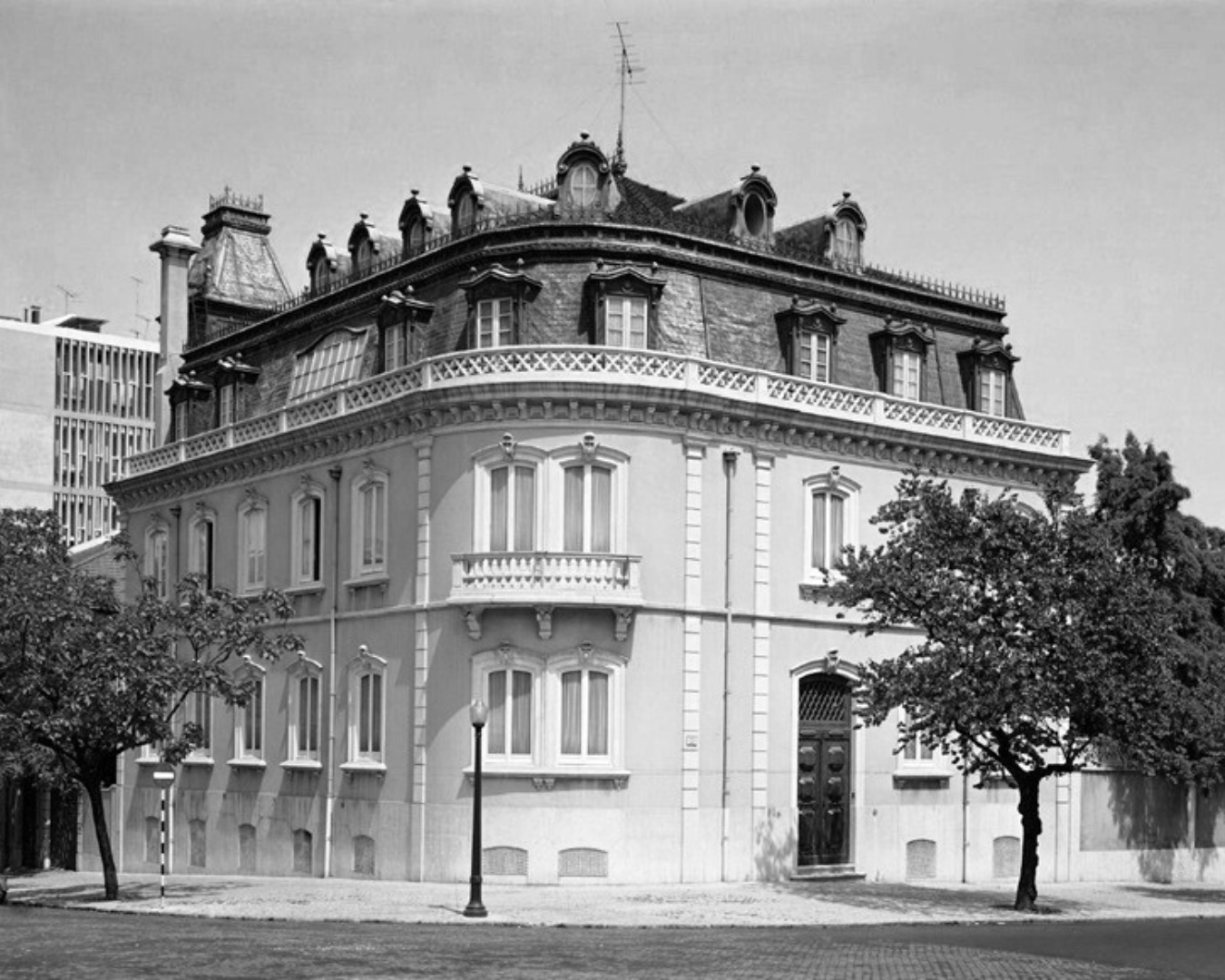Indeed, his first professional project was importing Morris, Wolseley, Riley and MG cars to Portugal, an underdeveloped activity at the time. He opened a car dealership in Rua da Escola Politécnica in Lisbon, “A. M. ALMEIDA”, one of the first international distributors for Morris Motors Ltd and the exclusive importer for Portugal.
Medeiros e Almeida also took an interest in other pioneering business areas, such as commercial aviation, in which he played an important role.
In 1947, he invested in and became managing director of the Sociedade Açoriana de Estudos Aéreos, Lda., which later became SATA – Sociedade Açoreana de Transportes Aéreos, Lda. In 1948, he acquired one of the first Portuguese airlines, Aero Portuguesa, operating regular flights to Morocco. In 1953, he merged Aero Portuguesa with TAP – Transportes Aéreos Portugueses, becoming its largest private shareholder and chair of its general assembly.
Medeiros e Almeida’s business links with the Azores began with the management of his father’s businesses, including the União das Fábricas Açorianas de Álcool, a distillery that produced sugar and alcohol from sugar beet molasses. He was quite influential in the development and modernization of this sector. In 1967, he founded SINAGA, an agricultural industries company in the Azores, and served as Chair of the Board of Directors until his death.
Given his connections to the Azores, during World War II the British Ambassador to Portugal, Lord Ronald Hugh Campbell (1883-1953), asked him for help in the difficult negotiations with Oliveira Salazar (1889-1970), regarding the archipelago as a strategic point in the Atlantic. Medeiros e Almeida then undertook, privately, to provide the necessary assistance to the allied forces through the companies he ran. In 1947, his role was recognized and King George VI of England made him an Honorary Officer of the Most Excellent Order of the British Empire – OBE.
With the Torres Novas National Weaving Company, António de Medeiros e Almeida also made a name for himself in textiles, a sector where his national and international involvement garnered him the French Ordre du Mérite Commercial – OMC, in 1951.
He was also involved in the hotel business, becoming a member of SODIM (1953), which built the Hotel Ritz in Lisbon, and SALVOR – Sociedade de Investimento Hoteleiro (1963) which, with the CUF Group, built the Hotel Alvor in the Algarve.


